Optimal Times for Apartment Mold Detection
Identifying the optimal periods for apartment mold detection is essential for accurate results. Mold growth is influenced by environmental conditions such as humidity, temperature, and ventilation. Typically, mold detection is most effective during seasons with high humidity and moisture levels, which promote mold proliferation. Regular inspections during these times can help detect mold early before it becomes a significant issue.
High humidity and warmer temperatures increase mold growth risk, making spring and summer ideal for inspections.
Following heavy rains or flooding, conducting mold detection helps identify hidden moisture problems.
Mold can develop during building modifications; inspections ensure early detection.
Regular inspections throughout the year can catch mold growth early, regardless of season.
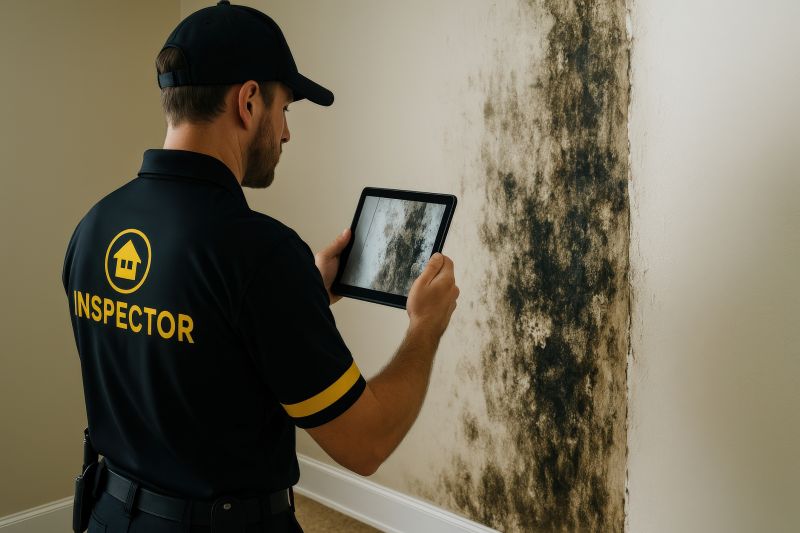
Technicians inspecting a residential unit for mold presence.
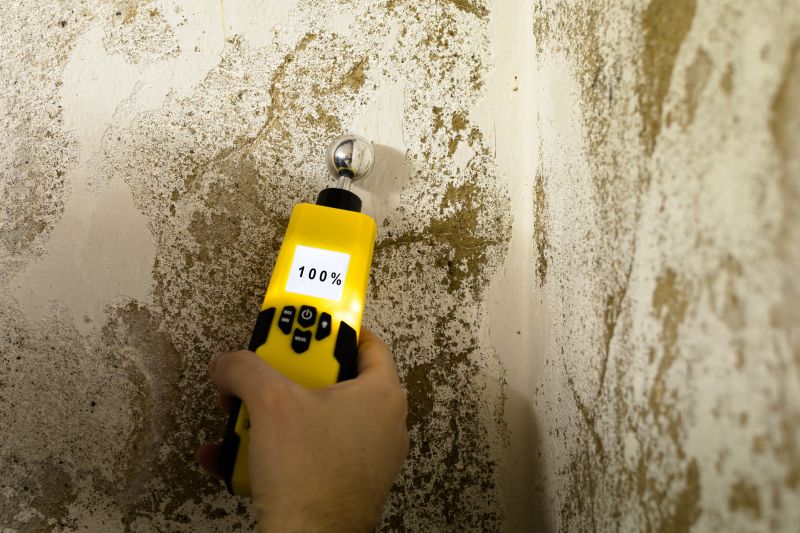
Device measuring moisture levels in apartment walls.
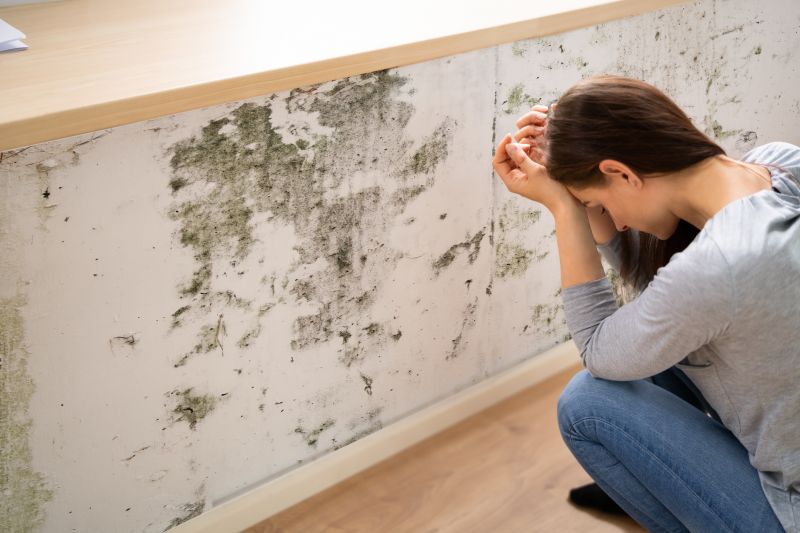
Close-up of mold samples collected from an apartment surface.
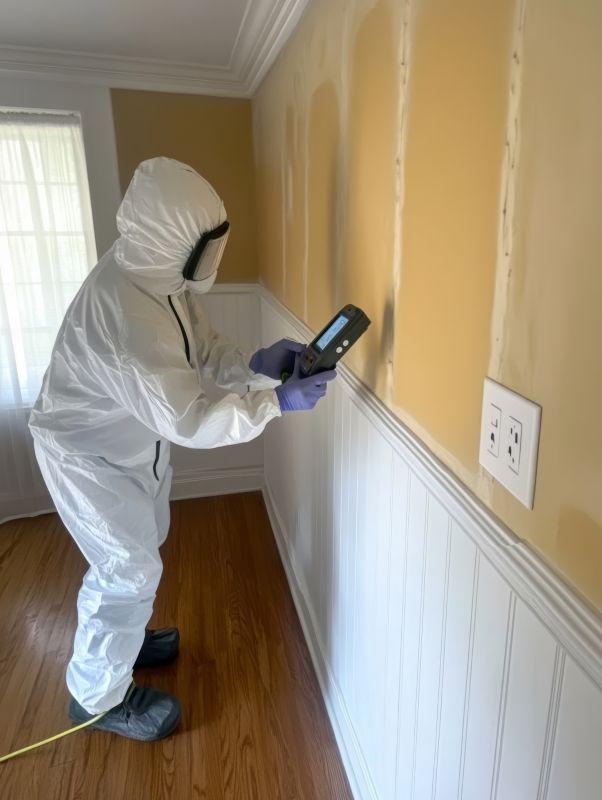
Ways to make Apartment Mold Detections work in tight or awkward layouts.
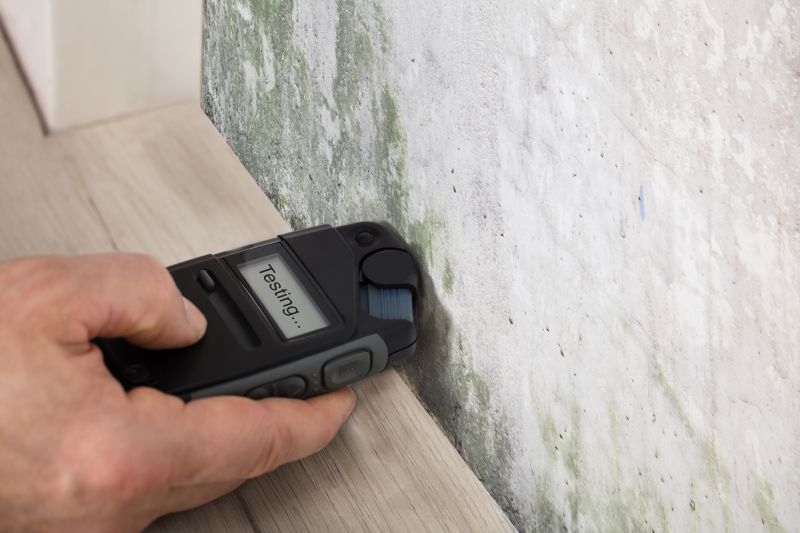
Popular materials for Apartment Mold Detections and why they hold up over time.

Simple add-ons that improve Apartment Mold Detections without blowing the budget.
| Season or Situation | Optimal Detection Timing |
|---|---|
| Spring and Summer | Ideal for detecting mold due to increased humidity |
| Post-Weather Events | Critical after heavy rains or flooding |
| Renovation Periods | Important during or after building modifications |
| Year-Round | Regular inspections help catch mold early |
Apartment mold detection involves inspecting living spaces for signs of mold growth, which can occur on walls, ceilings, and hidden areas behind furniture or within walls. Mold thrives in damp environments, often caused by leaks, poor ventilation, or high humidity. Early detection is crucial to prevent health issues and property damage. Moisture assessments, visual inspections, and air quality tests are common methods used to identify mold presence. Statistics show that mold-related complaints in residential buildings have increased in recent years, emphasizing the importance of timely detection and remediation.

Mold growth behind drywall can be concealed from plain sight.
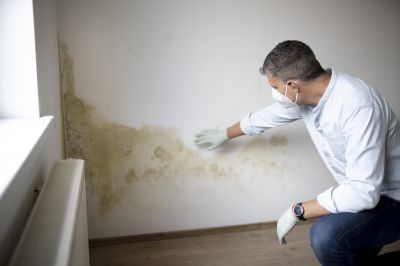
Assessing air circulation to prevent mold development.
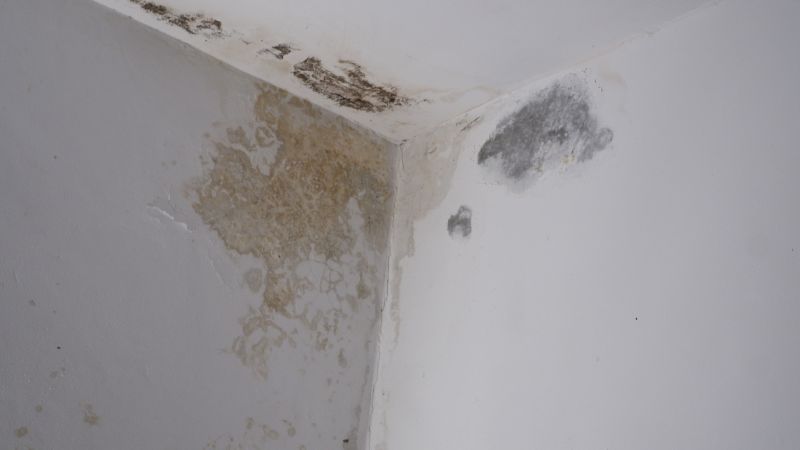
Water stains and damp spots indicating potential mold sites.
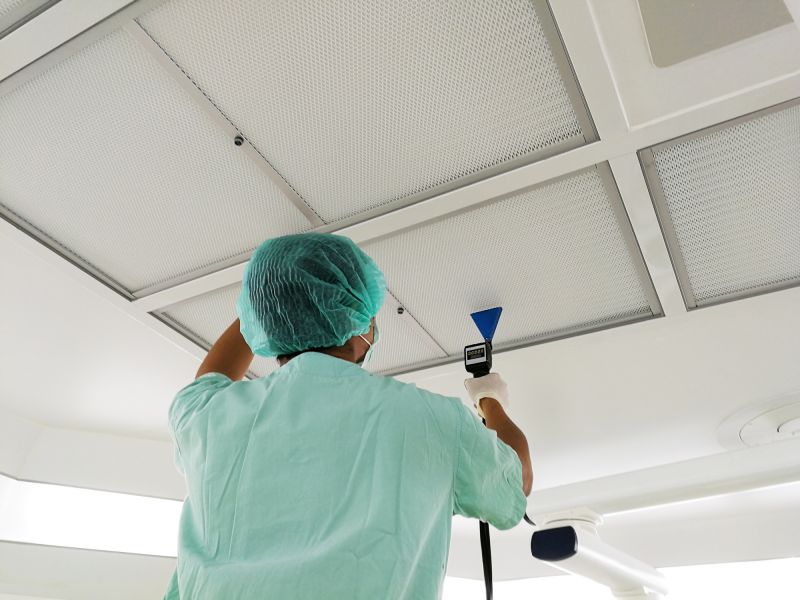
Sampling indoor air for mold spores and contaminants.
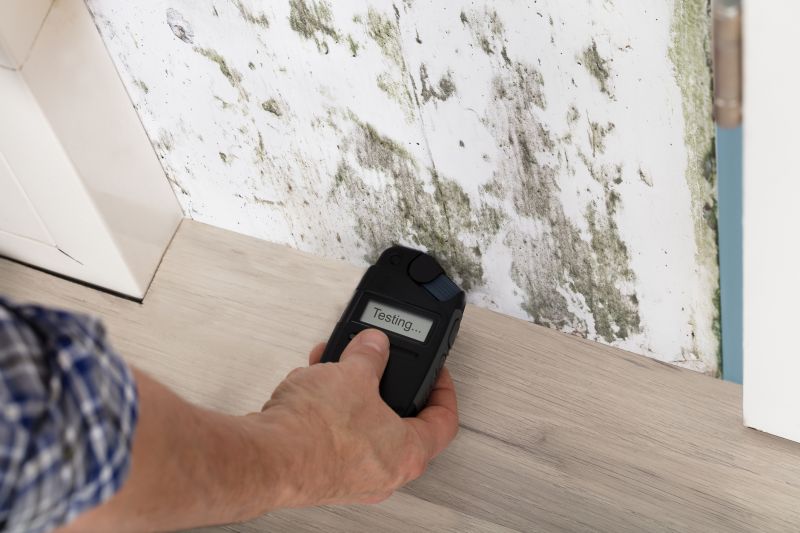
High-end options that actually feel worth it for Apartment Mold Detections.
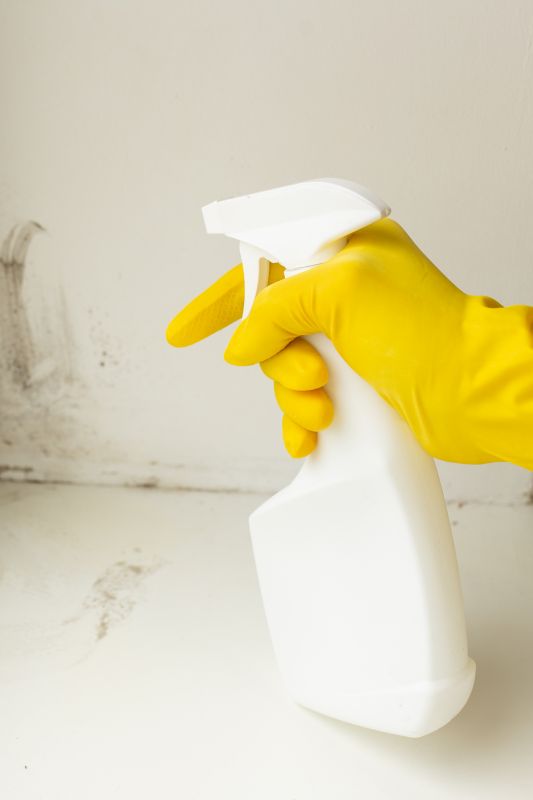
Finishes and colors that play nicely with Apartment Mold Detections.
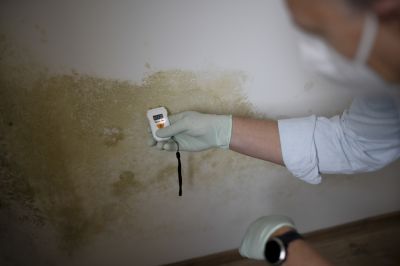
Little measurements that prevent headaches on Apartment Mold Detections day.
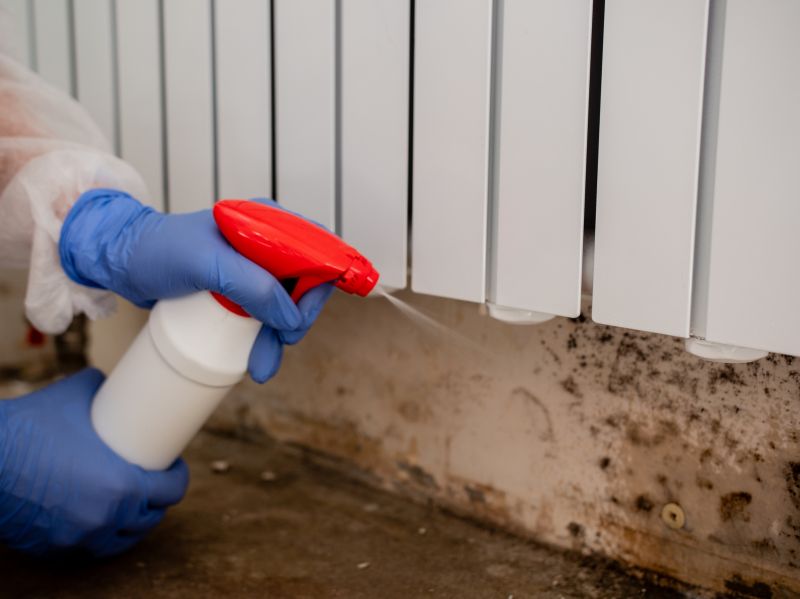
A 60-second routine that keeps Apartment Mold Detections looking new.
For those interested in scheduling apartment mold detection services, filling out the contact form provides a convenient way to initiate the process. Early detection helps maintain healthy living environments and prevents costly repairs. Regular inspections, especially during high-risk seasons or after moisture events, are recommended for comprehensive mold management.
